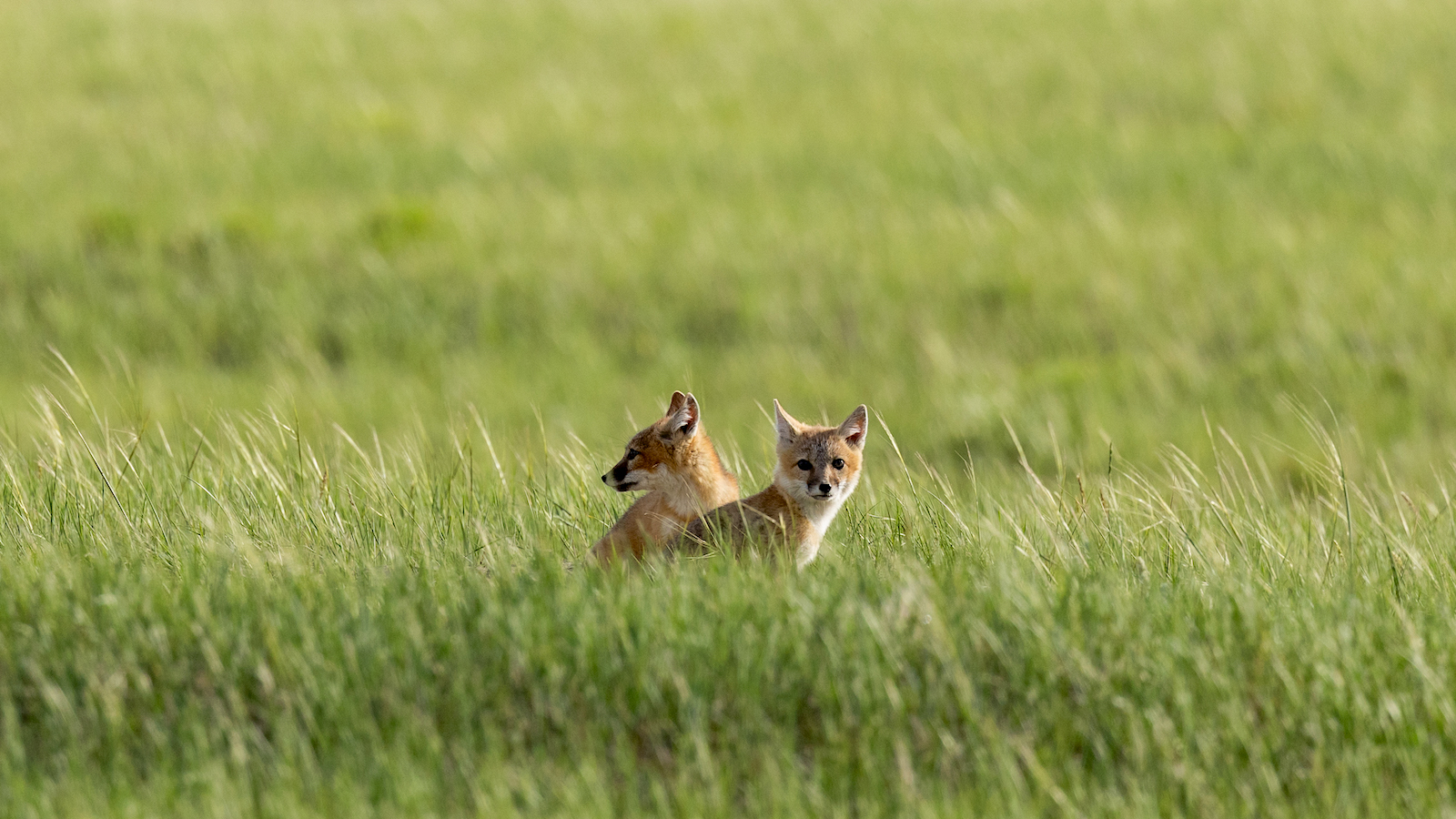A wily red fox with a turtle in its jaws is a stark illustration of the “catastrophic” situation affecting Australia’s freshwater turtles.
Along the Murray, foxes are digging up and eating entire nests of turtle eggs, and grabbing reproductive females.
The fact the reptiles live so long, while the young are so vulnerable to predators, has led to an ageing population that is masking the extent of problem, University of Sydney professor emeritus Mike Thompson says.
Thompson, a professor of zoology whose turtle obsession began in the 1970s, has semi-retired to the Adelaide Hills where he works on the 1 Million Turtles citizen science project.
He says the population of the most common species in the Murray, the eastern long-necked turtle, has declined by 90% since 1980 – and possibly by more than that in South Australia. The federal government is now considering listing it as vulnerable.
Thompson says the Murray short-necked turtle (which is listed as threatened in Victoria and vulnerable in South Australia) has declined by 69% over that same time.
“The catastrophic decline is largely due to predation by foxes,” Thompson says. “The foxes in some places dig up all the nests and eat all the eggs. Other native predators eat the eggs as well.
“Also, the foxes often take and kill the reproductive females when they’re coming out of the water to nest.”
That’s what happened just before the above picture of the fox carrying the turtle was taken.
Research has found 170 million foxes across Australia kill about 300 million native mammals, birds and reptiles every year. A 2022 Australian National University study found foxes were spread across 80% of the mainland and have been recorded killing 108 different species of reptiles, including turtles.
Thompson says the turtles take about a decade to reach reproductive maturity and can live for up to 100 years.
“The turtle population has been going down for a long time but it’s masked because they live for such a long time,” he says, adding that fewer and fewer juvenile turtles are being spotted.
Freshwater turtles are also at risk from habitat loss, fire, drought, pigs, some water infrastructure such as carp traps, and from being run over by cars or struck by boats.
“[And] carp have made big changes to the aquatic environment which we think has negatively impacted the nurseries of turtles,” Thompson says.

The aim of 1 Million Turtles is to hatch a million eggs and return the turtles to the water. The project uses TurtleSat to collect data and identify where turtles, their nests, or turtle remains are.
The culling of foxes has increased and the project is working on building fox-proof fences around nesting rookeries and experimenting with artificial islands where females can nest out of foxes’ reach.
An article by a group of academic and other experts (including Thompson) was published in Australian Zoologist earlier this year. Eleven of 25 freshwater turtle species are listed as threatened “at some level by at least one state” or the federal government, it noted.
The authors wrote that long-term comparisons of population levels are scarce and limited to particular species and locations. Aside from the 90% reduction in the eastern long-necked turtle and the 69% in the Murray short-necked turtle, it said later assessments have found low numbers of turtles throughout most of the river basin.
Citizen science projects aim to overcome the existing data and funding gap, the article said.
“My back of the envelope calculation suggests a million [turtles released] isn’t nearly enough,” Thompson sys. “For the Murray, it might be 10 million.”
This article by Tory Shepherd was first published by The Guardian on 8 June 2024. Lead Image: Foxes often take and kill reproductive female turtles when they come out of the water to nest. Photograph: Narelle Black.
What you can do
Help to save wildlife by donating as little as $1 – It only takes a minute.



Leave a Reply